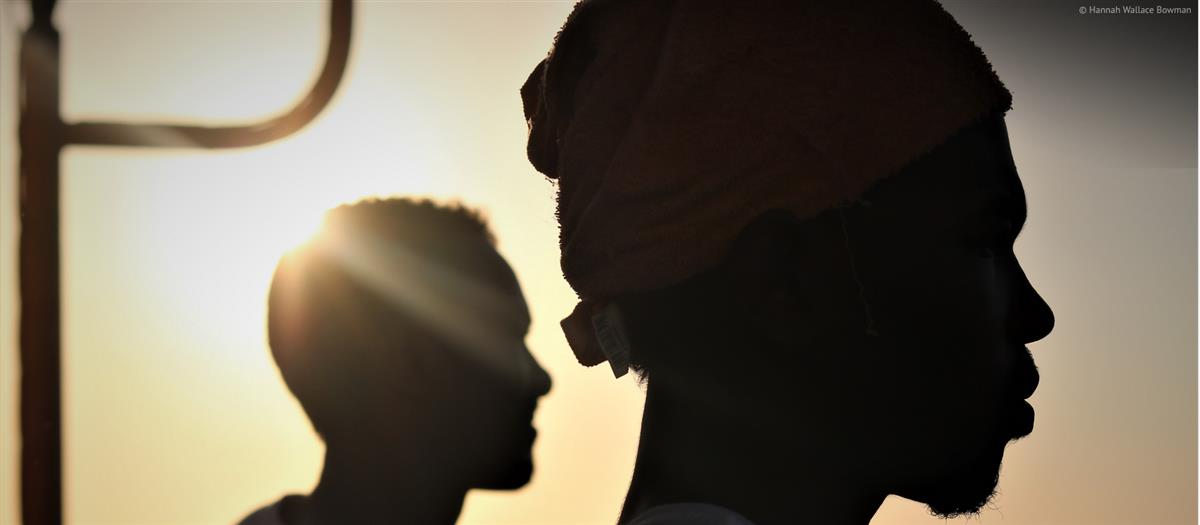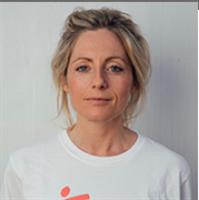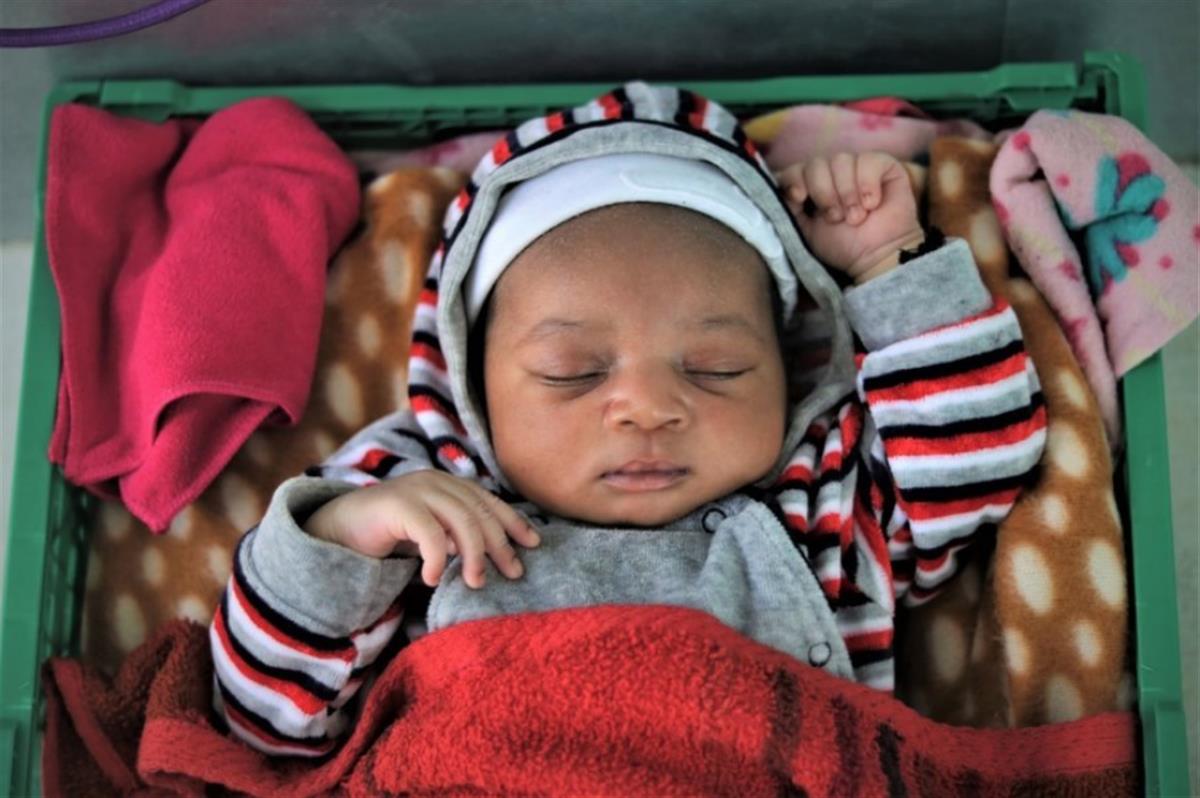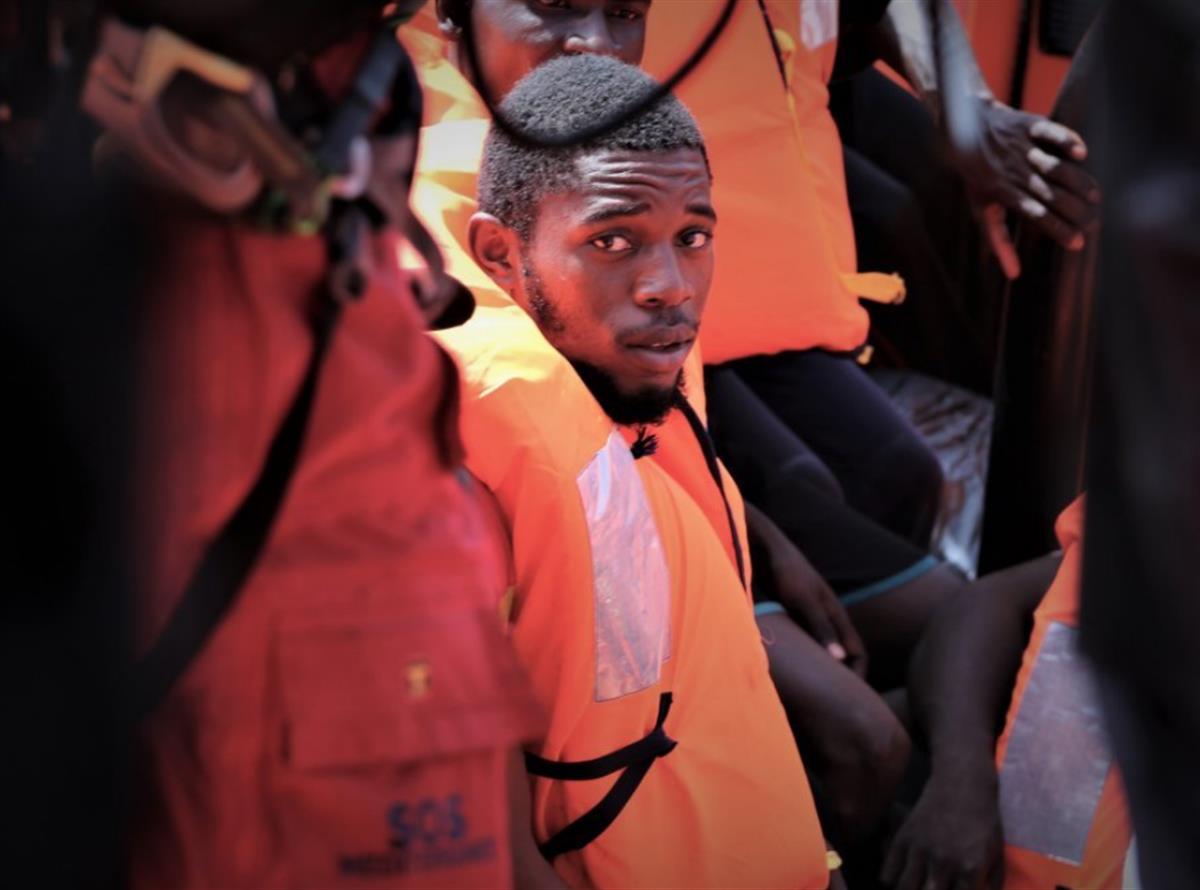

Hannah Wallace Bowman
Field Communications Manager - British - Southern Europe
Hannah is the current Field Communications Manager onboard Ocean Viking. Since starting her career as a London publicist, her work and study at the intersection of humanitarianism, journalism and advocacy have taken her from Africa to Latin America to the Middle East – and back again. Issues of social justice and finding ways to leverage media as a tool for positive change have remained guiding themes in Hannah's work. As part of the MSF search and rescue mission to the Central Mediterranean – one of the last bastions of a humanitarian response in this area – her current role brings these threads together. The desperate reality facing those fleeing Libya across the sea is representative of the most urgent and existential challenges we face as a species: from climate change to identity politics. For her, there is no more relevant place to be.
Behind the lens: Rescuing refugees in the Mediterranean
The Central Mediterranean Sea is the deadliest migration route in the world, but thousands of people still make the treacherous journey each year.
Communications specialist Hannah is on board the Ocean Viking documenting MSF and SOS MEDITERRANEE’s life-saving search and rescue operations in the waters between Africa and Europe.
When we first approach the boats, I take photos of them. It is part of my job on board the Ocean Viking: to try and communicate what we do as a rescue ship in the Central Mediterranean sea – and why we do it. 'I wish everyone could spend just one day in the presence of the humanity that characterises our mission: to meet the people Europe has condemned' HANNAH WALLACE BOWMAN field communications manager. As we arrive on scene, I capture what a lot of the world probably picture in their mind when you say the words “refugee crisis”: an overcrowded boat – typically a grey or black rubber dinghy, or a wooden boat – drifting low in the middle of a big blue sea. It has become an iconic image of migration.
People behind the photos
Recently, I have started going back to the photos I take in the days following the rescue. I have noticed that when I do, I no longer see the boat at all. Instead, I recognise the people on board and their stories...
Mohammed
Mohammed from Darfur stands out. Although he is a small guy, the oversized school blazer cloaking his skinny frame is distinct. One morning he asked me for a pen and something to write on.Later that day he handed me back five sheets of notepaper torn from the back of an exercise book with writing small enough to make a lifetime fit on the pages: “REFUGEE STORY”, the title reads.He grew up in a camp and has since been displaced.
 MSF/Hannah Wallace Bowman
MSF/Hannah Wallace Bowman
A newborn baby girl sleeps in a makeshift crib in the women's shelter on board the Ocean Viking after being rescued from a wooden boat, along with her mother and older brother.
During the most challenging parts of his story, he uses diagrams, bullet points or numbering systems to organise his thoughts: 1. They raped my sister. 2. There was a fire and the soldiers came. And so on.He was in Tajoura Detention Centre outside Tripoli, Libya, the day it was bombed. Running to escape as the guards opened fire amidst the panic, his friends falling around him.He told me he is afraid to close his eyes at night.His favourite colour is green.
Abdul
I can’t forget Abdul, the barber. He, like many of the people we rescue, had a trade or profession before he was taken from the streets of Tripoli and incarcerated.Gentle and softly-spoken, he is happiest when cutting hair, he tells me. When I interviewed him about his journey, I also took a portrait of him.Turning the screen of my camera to show him the picture, he shakes his head in disbelief. He is half laughing but his eyes wide with dismay.“I don’t have a beard like that!” he exclaims.He tentatively runs his fingers over his cheekbones and the hair on his chin, still shaking his head.Tomorrow I will shave, he says decisively. Held in captivity for over a year, it is so long since he saw himself in a mirror, he no longer knew what he looked like.
Grace
Clicking through to the next photo, I see Grace. Dignified and stoic, even after days drifting at sea.I recognise her immediately, face pale with the salt-encrusted around her features. I would often find her standing on deck at night after everybody else was sleeping, looking up at the stars.She asked me time and time again to tell her it was real and they were safe on board a rescue ship.She even asked me to pinch her, so she would know she wasn’t dreaming. I did, and we laughed, but I don’t think she was convinced.Grace and her husband and four children had tried to make the crossing twice before. They had almost lost their daughter to sickness during their time held locked away after being intercepted by the Libyan Coastguard and forcibly returned to Libya.This was their third and last attempt, she told me. If they didn’t make it this time, she hoped they would die trying. At least then it would be over and they would be at peace.This sentiment is one I heard repeated with a devastating frequency.
Risking life and limb
Almost without exception, people know the risks of crossing this treacherous stretch of water in an unseaworthy craft.They know others who have died. Or have seen people die during previous attempts. Or have friends or relatives who simply disappeared.
 Hannah Wallace-Bowman / MSF
Hannah Wallace-Bowman / MSF
The people rescued by the Ocean Viking team have often survived horrendous conditions in Libya
The Central Mediterranean sea crossing is the deadliest migratory route in the world. Some 692 people have died in their attempt to reach Europe this year alone.It takes just 60 seconds for someone to drown. For a child, it is considerably less.Yet, when I ask people why they try to make the journey if they know how dangerous it is, they say that if I am asking this question, I don’t understand what they are fleeing from. They would rather be dead than spend one more day in Libya.
Protecting the vulnerable
If it were not for ships like ours, there would be no one there to save them.In a situation where the fragility of life is so brutally apparent, it seems obvious that saving lives at sea is vital.However, there are people who disagree with the provision of a humanitarian response for those fleeing Libya across the water, to the extent that I usually advise our MSF team on board not to read comments on social media or newspaper articles featuring our work.
Indeed, looking at the headlines, finding ways to bridge the divide between public perception and what we do can feel insurmountable.
But we must find a way to reconcile the discrepancy between the politics of fear and the people we endeavour to save.
Refugees are human beings
On board the Ocean Viking, we are privileged to gain a first-hand insight into the lives of those we rescue.
I wish everyone could spend just one day in the presence of the humanity that characterises our mission: to meet the people Europe has condemned.
Through following our work, please allow us to introduce you. Perhaps then the overcrowded boat would no longer exist.
This piece was originally published by SBS Australia.
SOURCE: MEDECINS SANS FRONTIERES